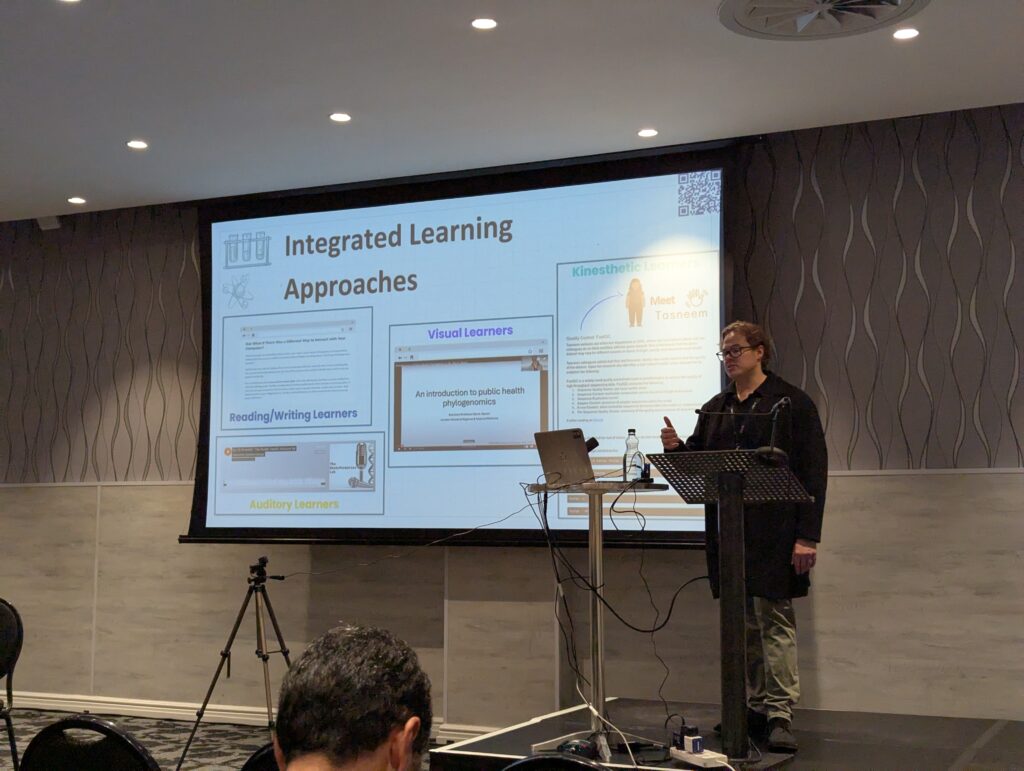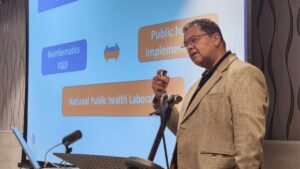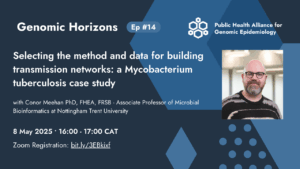Speaking at the ISCB-Africa ASBCB Conference on Bioinformatics, Keaghan Brown presented a short talk on how to integrate various learning approaches into a new course on wastewater surveillance designed and being rolled out by PHA4GE.
Wastewater surveillance (WWS), namely the monitoring of disease-causing pathogens found in community wastewater sources, has drawn a swell of interest since the COVID-19 pandemic as scientists and public health officials began to recognise its potential for real-time tracking, or even the pre-empting, of disease outbreaks.

The utilisation of genomics and bioinformatics tools has readily become the gold standard for the analysis of wastewater samples.This, explains Keaghan Brown, a bioinformatics training coordinator at PHA4GE, has necessitated the development of more training material. Which includes a new course developed by Brown, Farzaana Diedericks and scientific programme lead Tracey Calvert-Joshua alongside PHA4GE collaborators.
“The WWS bioinformatics online training course was developed to aid as a powerful tool towards public health, where one is able to monitor and track surveillance of pathogens on a larger scale within communities,” says Brown. The training is being offered to participants both from and in Africa, as well as globally.
In designing the course, the PHA4GE team took into account experiences from previous training it had conducted, and looked to cater to an array of learning strengths and weaknesses.
“We had found that our participants learned in very different ways,” adds Diedericks.
Experience suggests that some preferred being presented with lots of reading materials. Others were better audio learners, so more drawn to listening to the course content. There were also the strong visual learners who liked graphs and diagrams, and groups who did well when they could conduct practical exercises.
To integrate all these learning approaches, the PHA4GE team chose to employ an avatar-based approach. This avatar takes the form of a bioinformatician, whom the participants – after learning some foundational theory – follow in a series of hands-on analyses and reporting exercises.
“We wanted to make sure that the participants learned foundational concepts, but did so as rapidly as possible so that they can move on to the next step of analysing and reporting the data,” says Brown.



